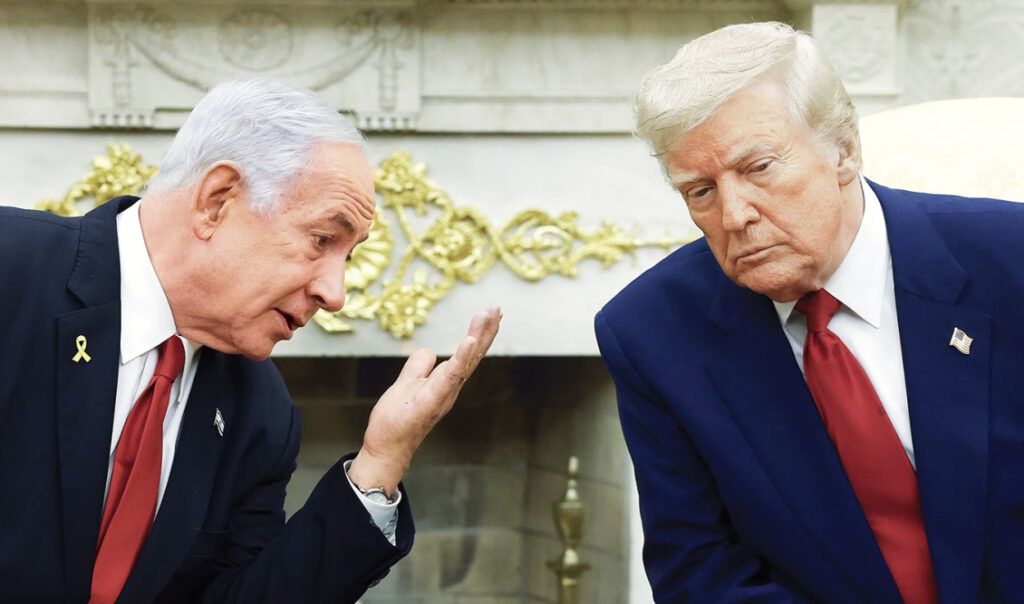The American leadership is targeting the removal of instability in the Middle East and the establishment of a new treaty following the ceasefire between Israel and Iran. After Donald Trump announced the end of the 12-day war that changed geopolitical balances, highlighting new alliances, he is now working with his staff on a comprehensive ceasefire plan in Gaza, as the humanitarian crisis in the region has triggered alarm in the global community. The cessation of fire exchange between Israel and Hamas represents a gamble for the Republican staff, however if one considers that in the 21-month war only nine weeks in total have maintained a truce, it becomes clear that this is something complex and easy to fall through. The latest White House efforts to impose a mutually acceptable treaty between the two sides were recorded in May, but operations to establish a peace framework were not successful.
Shortly after the Iranian side was weakened and by extension the Revolutionary Guards, Hezbollah, the Houthi rebels of Yemen, who together with Hamas engaged in missile attacks against Israel, Trump returned with a 60-day ceasefire proposal that will constitute a draft on which the entire rationale for a truce and the next day in Gaza will be based. Despite the fact that extremist Islamist organizations have been stripped after the 12-day war with the elimination of senior commanders, at a time when Hamas has also lost much of its power with large-scale attacks on tunnels from the Israeli side, analysts “see” that a long, uphill road to ceasefire needs to be traveled.
Both the Israeli side and Hamas insist on keeping their terms on the table. Israel, having received significant American support from the US during the exchange of fire with Iran, does not move from its position for the elimination of the extremist organization, which means withdrawal from Gaza and absence of weapons possession. Hamas, however, chooses to stand on the need to end the war, without accepting the American proposal but with the reconsideration of new terms for ceasefire on its part expected on Thursday.
The meeting between Trump and the Israeli Prime Minister on Monday, July 7, at the White House is also anxiously awaited, where the two men will discuss the next day in Gaza. Before that, however, Netanyahu is expected to convene an emergency cabinet meeting on Saturday to examine the new ceasefire plan. He insists on conveying that his goal is to eliminate Hamas, while officials of his army emphasize that Israeli operations have not yet finished.
Gaza ceasefire: Trump’s new truce plan
How different is this ceasefire plan from those that were preferred under Biden’s presidency? The 60-day proposal focuses on the release of hostages, taking into account the humanitarian crisis in Gaza and thus prioritizing an even greater opening for humanitarian organizations to bring significant aid to the region, such as food and medicine.
The withdrawal of Hamas forces from the region is also provided for, but what remains to be answered is the next day in Gaza. That is, what will be the new administration and what will happen with the Palestinian Authority of Mahmoud Abbas.
From time to time, Trump’s staff has presented various Palestinian relocation plans, for example to Egypt and Jordan, which however sparked reactions. Recently, however, the Republican scheme appears to be working on a plan that wants the United Arab Emirates countries to take an active role in Gaza’s administration, something that is now gaining different momentum as Trump collaborated with Gulf countries to eliminate the Iranian threat.
It remains to be seen whether he will manage within the next week, as is his goal, to present a comprehensive ceasefire plan.




